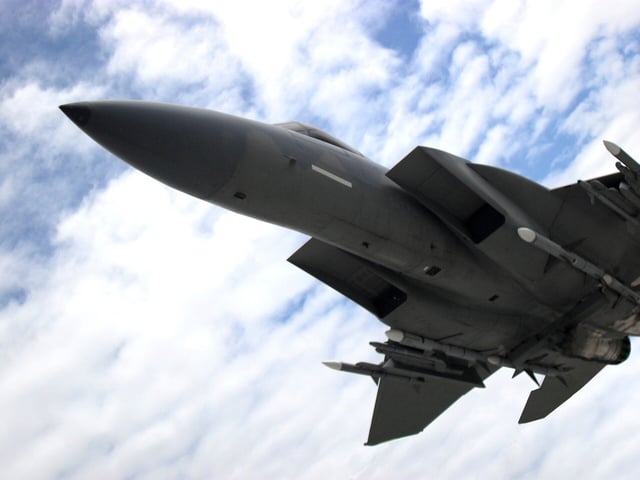Overview
- Analysis of 1975–2022 Department of Defense data shows the US military emitted 636 million metric tons of CO₂ equivalent between 2010 and 2019, making it the world’s largest institutional emitter.
- Jet fuel represents 55 percent of the Pentagon’s energy use, identifying aviation operations as the primary source of its climate impact.
- Statistical models reveal that reductions in military spending lead to larger energy savings than equivalent increases cause additional consumption, demonstrating an asymmetric effect.
- Forecasts indicate that a sustained 6.59 percent annual cut in defense budgets through 2032 would yield energy savings comparable to the annual usage of Delaware or Slovenia.
- Despite President Trump’s proposal for a $1.01 trillion defense budget, researchers are examining why spending cuts drive outsized energy reductions and whether similar patterns emerge in other countries’ armed forces.



